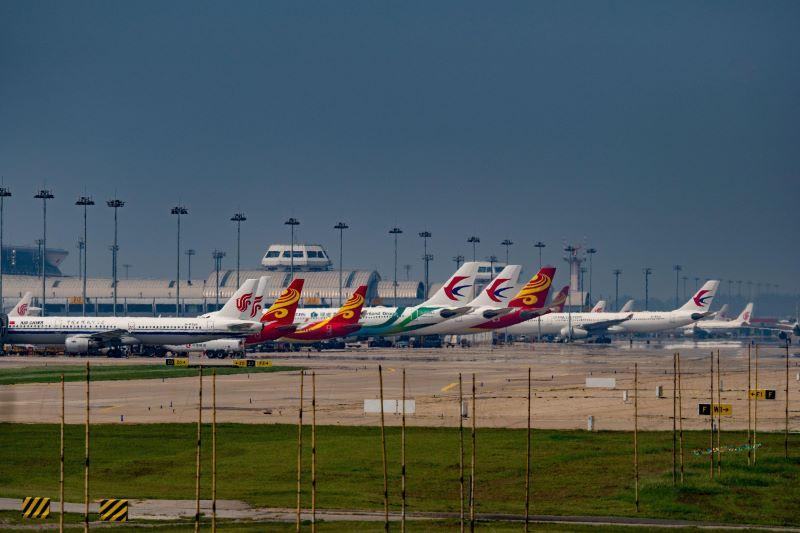Daily Memo: Further Reopening Steps Stimulate China’s International Market

The recovery in air travel to and from China has been gathering pace in recent months, as airlines respond to easing restrictions by ramping up services in this key market.
The Chinese government raised hopes for reopening international travel in December 2022 when it stated its intention to remove a range of entry restrictions. However, there were still specific steps required to implement these changes for many categories of international travelers.
More hurdles emerged in January when several other countries imposed new entry requirements on travelers from China due to concerns about an uptick in COVID-19 infections.
There has been significant progress in these areas over the past month. Many of the overseas governments have now removed their restrictions on travel from China. And the Chinese government itself has taken some of the additional steps needed to fulfill its reopening goals.
Airlines have been announcing increases in their capacity on mainland China routes, and this trend will likely increase in the coming months.
The accompanying chart shows what has been happening in China’s international market. After nearly three years at very low levels, capacity has been rising steadily since January 2023. For the week of March 27, weekly international seats had reached 34.2% of 2019 levels, according to data from CAPA and OAG. This compares to a 9.7% recovery rate at the end of December 2022. There is obviously still a long way to go, but the trend is encouraging.
China’s government announced in late December 2022 that it would drop all quarantine requirements as of Jan. 8, although a pre-departure COVID-19 test would still be needed for entry. Airline flight and load factor caps were also abolished.
The government also said it would restore processes for outbound travelers to apply for passports and authorizations to travel overseas. And it said it would resume issuing visas and entry permits for foreign inbound travelers and would reinstate its transit visa waiver program.
However, the timing for some of these changes was unclear, particularly regarding the resumption of inbound tourist travel.
More clarity emerged in March, when the government announced that it would resume issuing all categories of entry visas starting March 15. Areas and visitor categories that were subject to visa-free travel before the pandemic would regain this status. Additionally, multi-year visas issued before the pandemic closures will be honored if still valid.
In another important move, the government has allowed Chinese tour groups to resume visiting certain countries. In early February, the government authorized outbound tour group travel to a list of 20 countries. Another 40 countries were added on March 15.
However, there are some notable absences from the list, including Australia, Japan, Korea and the U.S.
It has also been a case of two steps forward and one back, as some other governments reimposed restrictions. The removal of many domestic anti-pandemic measures helped spur a surge in COVID-19 cases in China. This prompted many governments to introduce new rules for inbound travel from China in January—steps that were criticized by the Chinese government. The exact requirements differed. In most cases they involved pre-departure testing, and sometimes testing on arrival as well. Certain countries included Hong Kong and Macau in their China testing requirements.
In terms of operational restrictions, some countries such as Japan and South Korea required airlines to hold China frequencies at the same levels with no new additions. China flights were also limited to selected gateway airports.
However, most of the countries that reintroduced restrictions on inbound travel from China have now removed—or at least dramatically reduced—these rules, as China’s latest COVID-19 wave abated. For example, the U.S., Australian, Canadian and some other governments lifted their requirements for pre-departure testing for arrivals from China from mid-March. The U.K. will do so on April 5.
Japan is one example of how some requirements remain for travelers from China. The Japanese government announced in late February that it would discontinue blanket arrival testing of travelers from mainland China and remove restrictions on flights, effective March 1.
Japan will retain some measures, however. A sample of 20% of inbound passengers from China will still be subject to testing on arrival. Pre-departure testing will also still be necessary.
